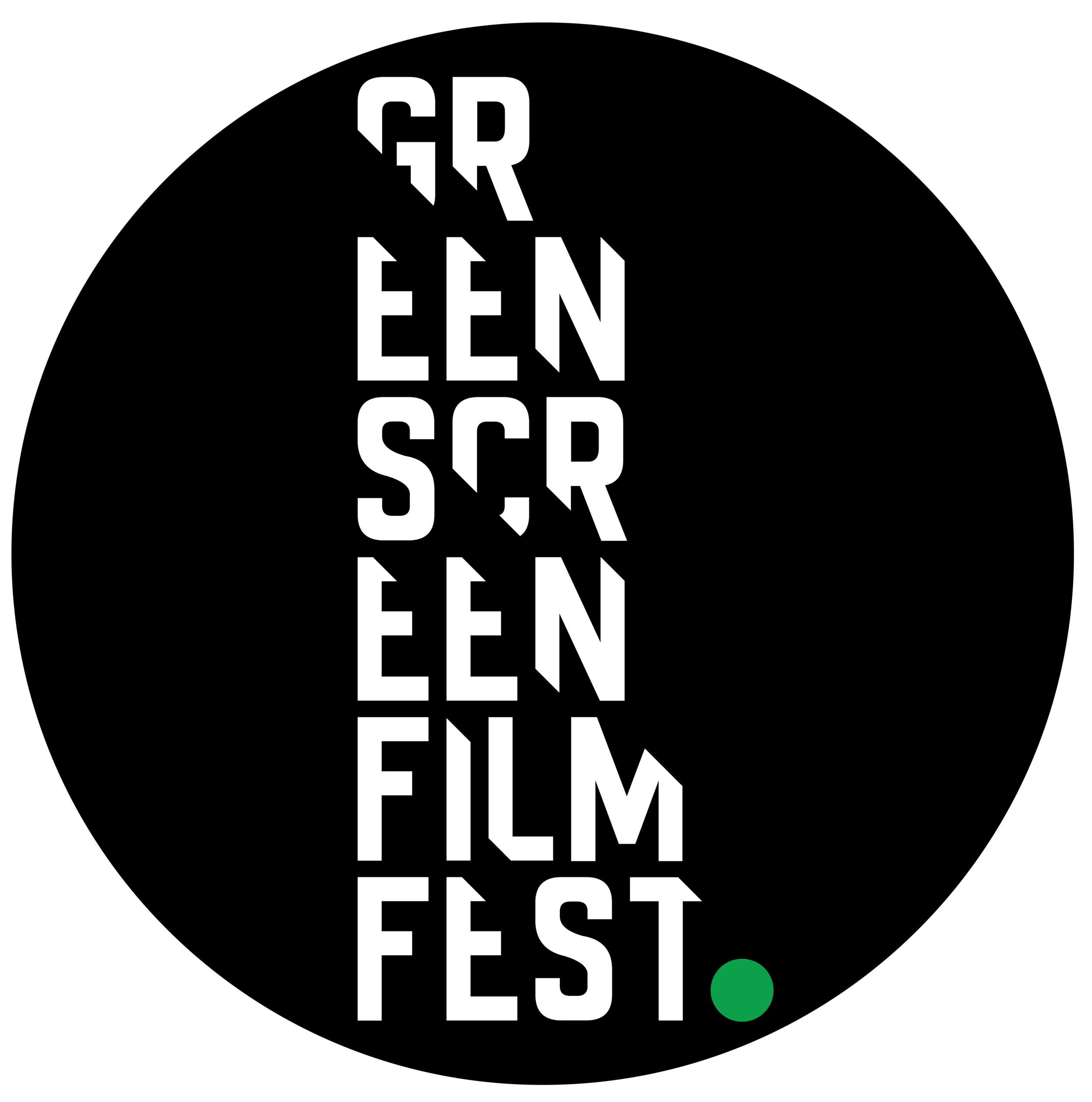by Sanne Butterfield
How to Market Your Film on a Budget: 7 Essential Marketing Tips that won’t break the bank
It’s a wrap. You’ve made your first film! And it’s ticking the ‘remarkable’ box. But how do you get it out in the world, beyond your networks without breaking the bank?
Did you know…as a rough guide, the average cost to cover distribution and marketing for a $65 million major Hollywood movie is around $35 million, bringing total production costs to $100 million? That’s right: 53% of the cost to make a Hollywood movie is spent on promotion! But fear not, if you don’t have the budget - we have a few simple tips to get you promoting your film that any self-starter can embrace.
Step 1: Create a hook-filled trailer, a catchy set of stills and movie poster. This will possibly be the most time-consuming and costly, but equally the most important part of your marketing campaign. The trailer, stills and movie poster will be the foundation of your eye-catching marketing campaign. It is definitely worth the small investment to get a professional designer involved to work their magic on the film poster of your first creative production.
Step 2: Create a movie synopsis, a brief summary outlining the genre, core concept, storyline, major plot points and main character arcs. Although mostly used as a selling tool to convince film industry higher-ups to read the full screenplay, a movie synopsis will also come in handy to create consistent copy to roll out in promoting your film. Don’t forget to include a catchy intro, cast, general release details and technical specs. Click here to learn how to write the perfect Movie Synopsis according to Masterclass!
Step 3. Create a simple film website. Wix, Squarespace and Network Solutions are the leading website building platforms in the industry. Costs for a simple website and hosting start at US$20 a month. All platforms are straightforward to use. Include your trailer, stills, film poster, movie synopsis and be sure to link to your social media handles (step 4).
Step 4: Roll out your marketing campaign on social media. Try to align your chosen social channels (Instagram, Twitter, Facebook, TikTok, YouTube, Snapchat, LinkedIn…) with your target audience. For example, if your target market consists of mainly members of Generation X (born between 1960-1980), make sure to prioritise Facebook in your Social Media marketing strategy, as a high percentage of Generation X-ers use Facebook. TikTok, for example, is mostly used by Gen Z-ers (people born between 1997 and 2012). It is best to use a few channels well than to spread yourself thin with a weak presence across the board.
Step 5: Online community & networking events. There are some excellent online community networking groups you can join for free on social media. Facebook community groups don’t charge to post a link to your film website or social channels and it is a great place to network outside your own country. Plus, don’t forget about Reddit, Shooting People, Filmmakers Alliance and IndieWire; some of our favourite online filmmaker communities where you can connect with like-minded people and promote your film while you are at it.
Step 6: Develop a strategy to enter your film into local and international film festivals. Head to FilmFreeway to find an overview of current film festivals taking entries across the world. You can search by category, entry fees, years running, project runtime, entry deadline, country and festival focus. Start building that collection of Official Selection-Award laurels, look for festivals that offer best prize money and industry connections and of course, don’t forget to check out GreenScreen Film Fest!
Step 7: Public events. Visiting and hosting local networking events (in person!) in the lead-up to your movie launch is an integral part of your film promotion. Since you don’t have a snazzy agent or manager (yet), make sure to show your face at small and big industry events around town and come equipped with a business card with the links to your social media handles and website. If you want to step it up, host an exclusive viewing event for VIPs to create some extra buzz around the premiere of your film.





